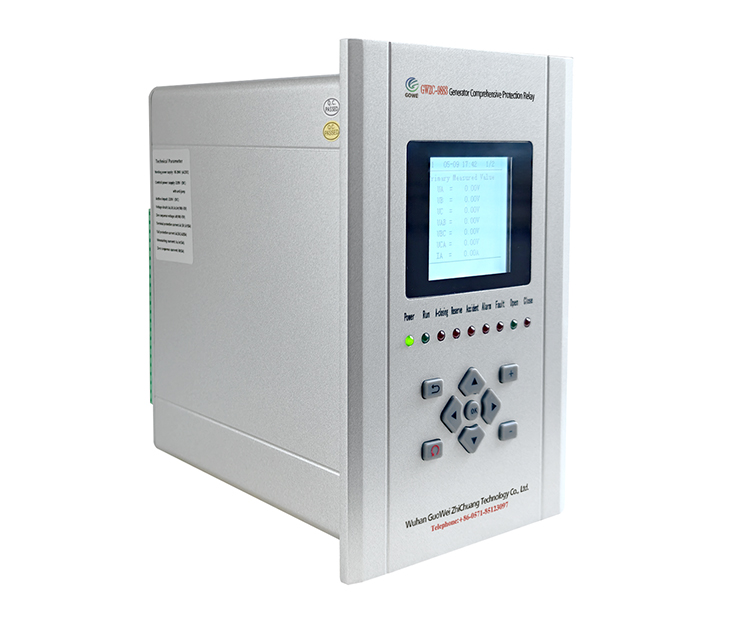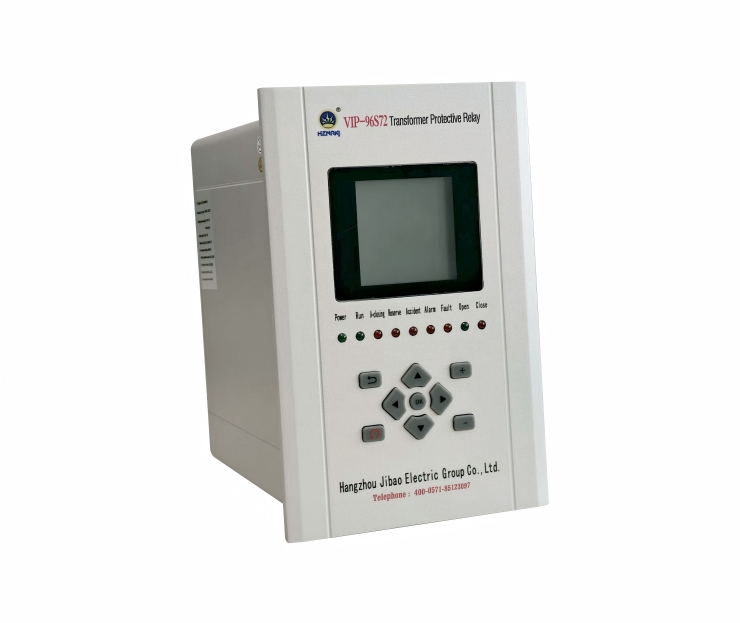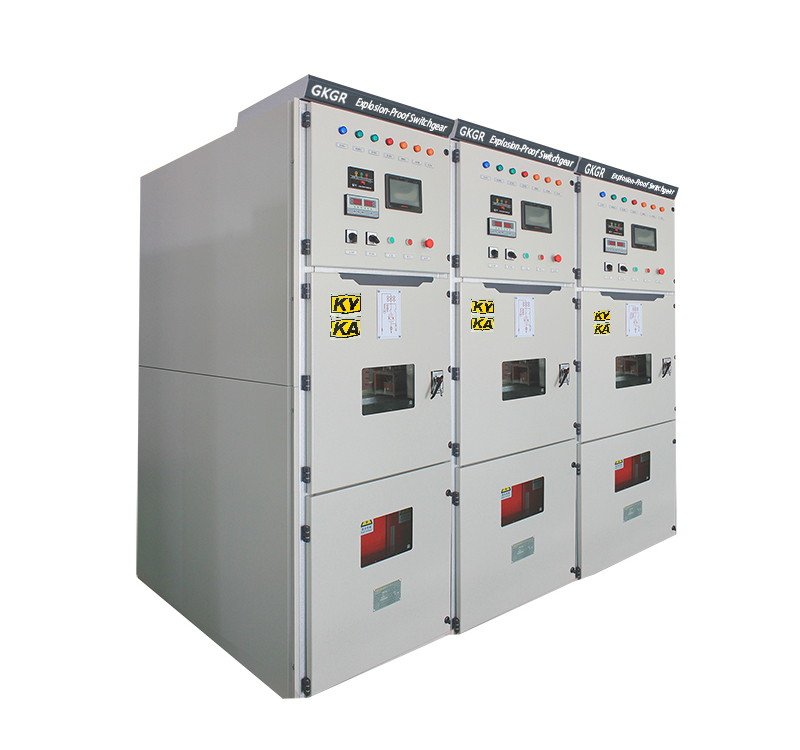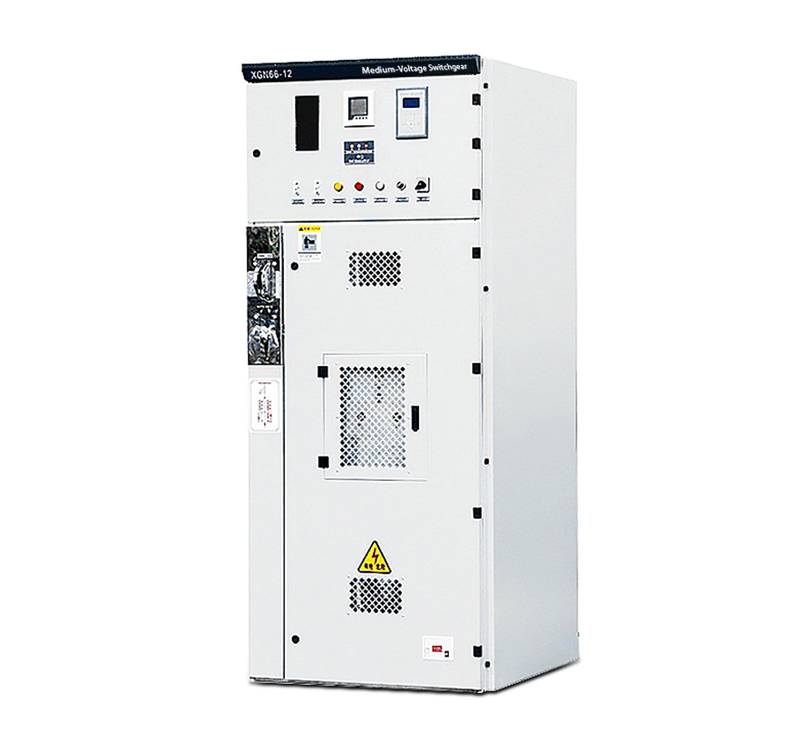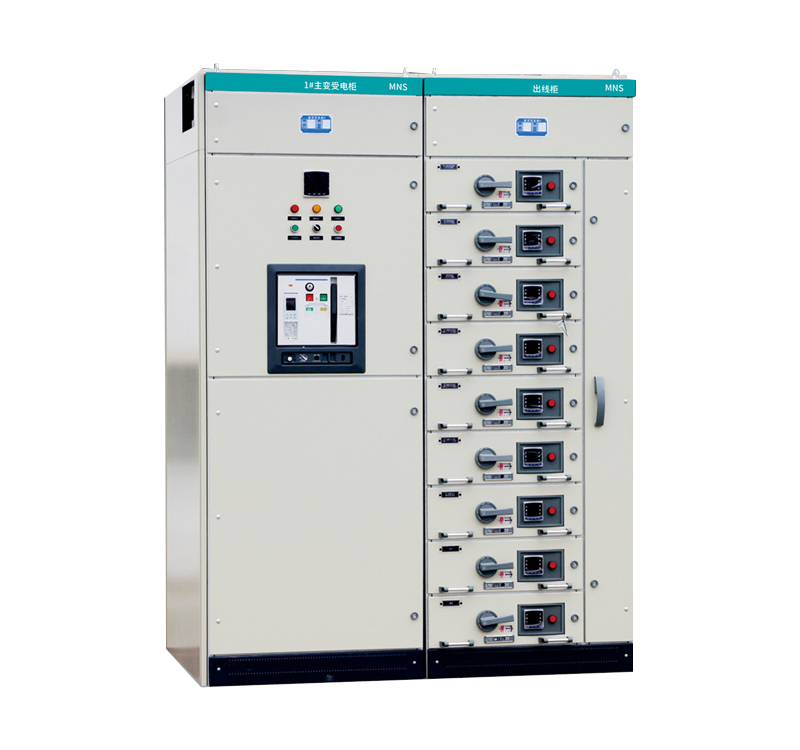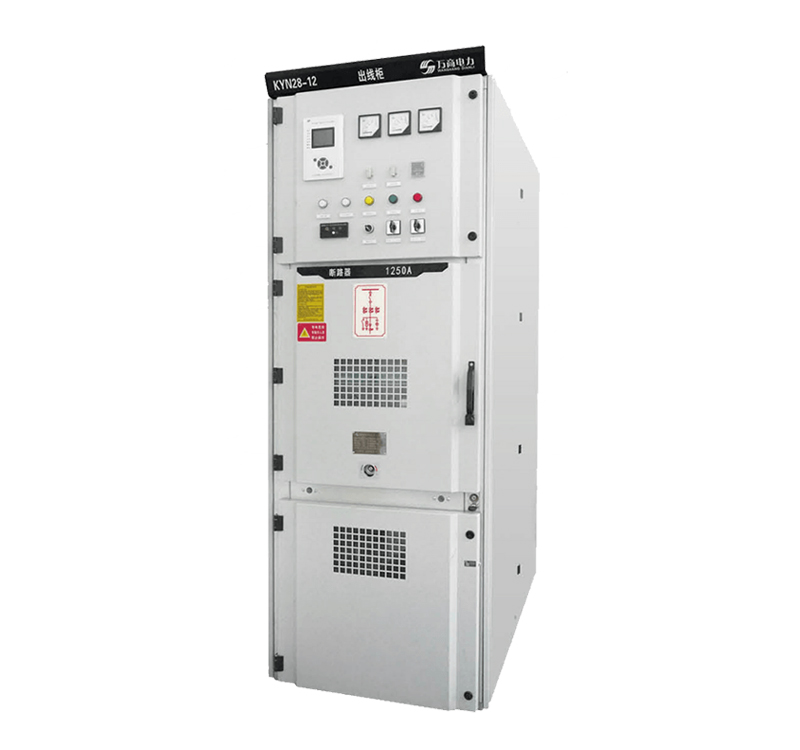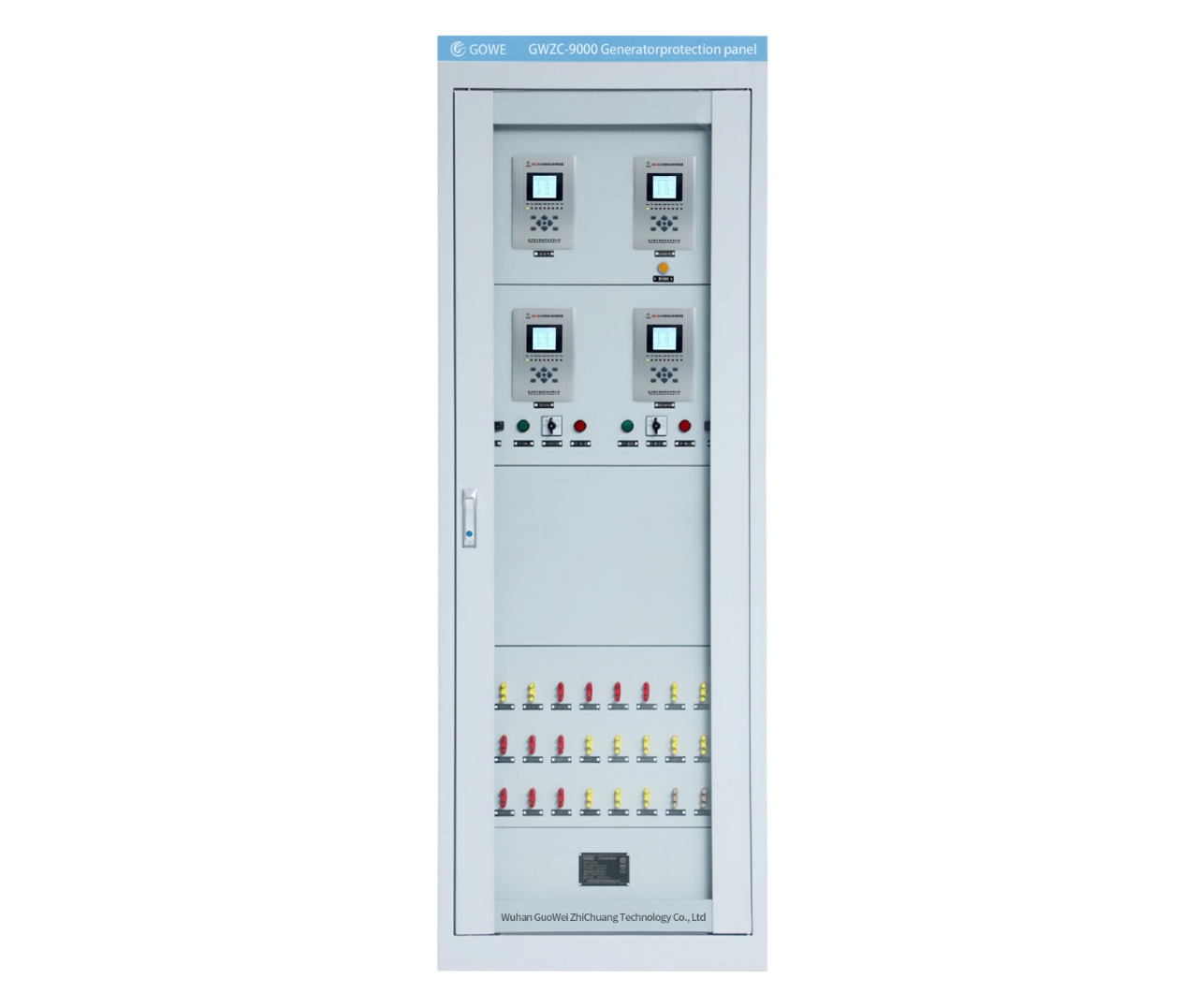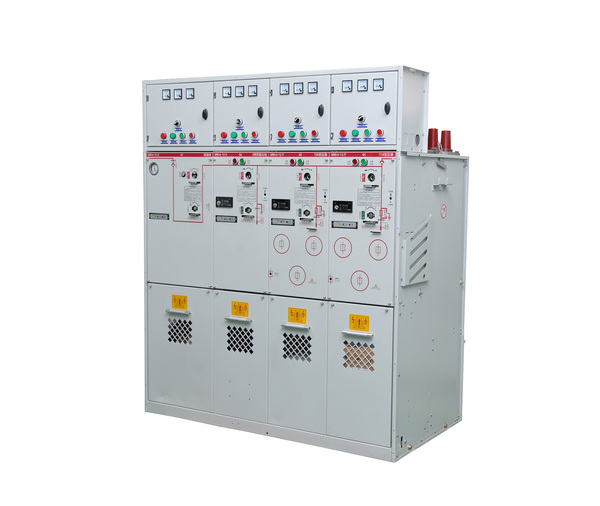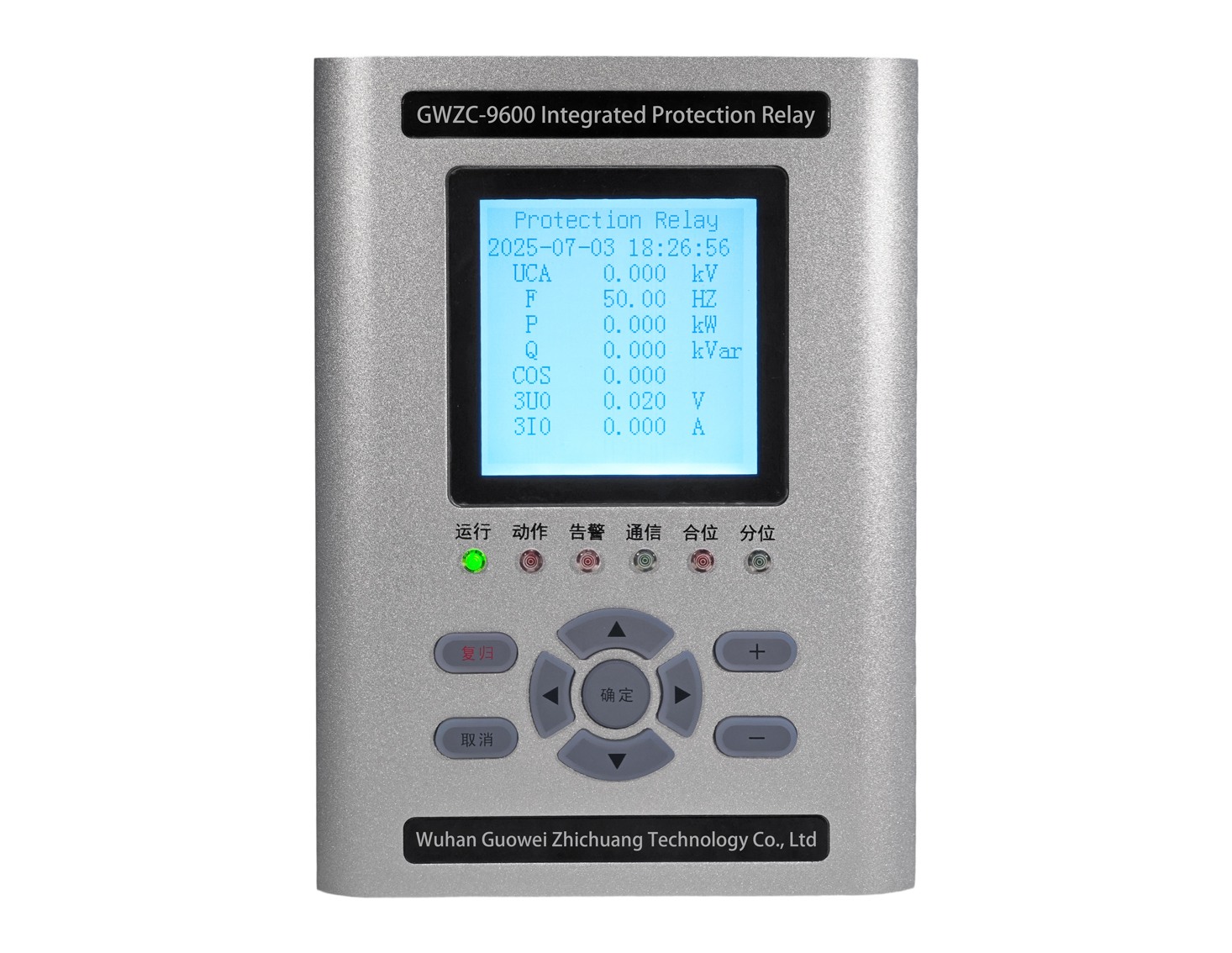Current Status, Market Size, Competitive Landscape, and Future Development Trends and Prospects of the Switchgear Industry in 2025
Switchgear, as a critical component in power systems, plays a vital role in power transmission, distribution, and control. With the continuous growth in global electricity demand and the advancement of grid construction, the market demand for switchgear has been steadily increasing, leading to an expansion in market size.
2025/06/16

